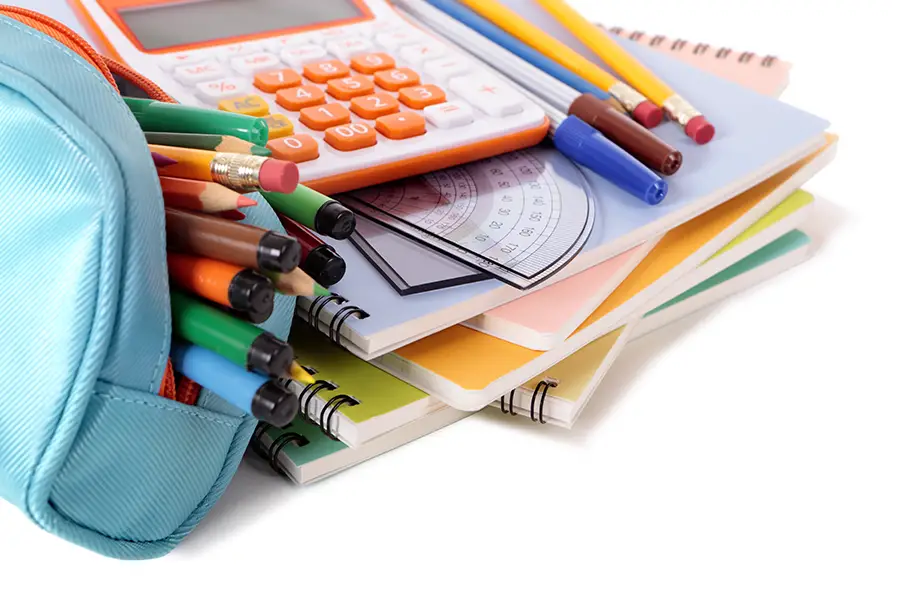Gov. Cuomo says NY schools can reopen if infection rate is below 5%
Schools in New York state will be allowed to reopen in the fall if they are in a region of the state that has qualified for phase four of the state’s economic reopening plan and if the two-week average COVID-19 infection rate is below 5% as of Aug. 1, it was announced today by Gov. Andrew M. Cuomo.
Cuomo said that if at any time the infection rate goes above 9%, the schools in the region with the infection spike would have to close, Cuomo said.
The Mid-Hudson region, which includes Westchester, entered the fourth phase last week.

The New York State Department of Health released guidelines for school reopening that included strongly recommending the use of face masks. It said that districts can mandate the use of masks if they wish. Daily temperature checks for students and staff are recommended, as are the installation of barriers and reconfiguring large spaces such as gymnasiums to expand in-person instruction.
Public school districts and private schools in Westchester as well as throughout New York state previously had been mandated to prepare contingency plans for reopening in the fall.
The announcement by Cuomo came a day after U.S. Sen. Chuck Schumer warned that without an influx of federal funds schools might not be able to safely reopen.
“Everyone wants our schools to reopen, but the federal government must lead the way by funding the safety measures that would open the doors of New York and the nation”™s schools in a way that helps ensure the coronavirus does not needlessly spread or infect teachers, kids or staff,” Schumer said.
Schumer joined with fellow Democrat from the state of Washington, U.S. Sen. Patty Murray, to introduce legislation known as the Coronavirus Child Care and Education Relief Act (CCCERA). The $396.5 billion measure includes $175 billion that would be used to buy personal protective equipment, install physical barriers to ensure social distancing, purchase other supplies needed to retrofit school buildings for dealing with COVID-19, cover the costs of providing remote education, implement health protocols and address learning loss.
CCCERA is also being called COVID-4, to help create an image of the legislation as the next step after the first three COVID-19 relief bills put forward by Congress.
The bill also would allocate $50 billion in a fund designed to ensure that child care providers remain open, working families get relief from tuition costs and educators can continue to be paid. Schumer said that without federal funding, the nation risks the closing of child care centers that care for approximately 4.5 million children. He also said that about 1.9 million jobs in education might be lost without federal funding assistance.
“The bottom line here is that the coronavirus brought with it unprecedented health and economic challenges for students, families, educators and learning institutions across the country, challenges disproportionately felt by students of color, students from low-income families, students with disabilities and more,” Schumer said. “So, action is needed now to save teaching jobs, preserve millions of child care slots and ensure every student has access to a safe, quality education.”
U.S. Secretary of Education, Betsy DeVos, when interviewed July 12 by CNN, fell in line with President Trump”™s position that schools should be reopened completely and without regard to COVID-19.
“Kids need to be in school. They need to be learning, they need to be moving ahead,” DeVos said. “There is nothing in the data that would suggest that kids being back in school is dangerous to them.”
DeVos refused to say that schools should follow reopening guidelines from the Centers for Disease Control and Prevention (CDC). She said the guidelines are meant to be flexible and schools can make their own decisions about how to reopen.
Trump, in July 8 Tweet, said that he disagreed with the CDC “on their very tough & expensive guidelines for opening schools.” In another Tweet, Trump threatened to cut off federal funding for schools that did not reopen for in-person classes.
The CDC has published extensive checklists covering various aspects of school reopening, including spacing seats at least 6 feet apart, increasing air circulation, minimizing sharing of objects and installing sneeze guards and partitions.